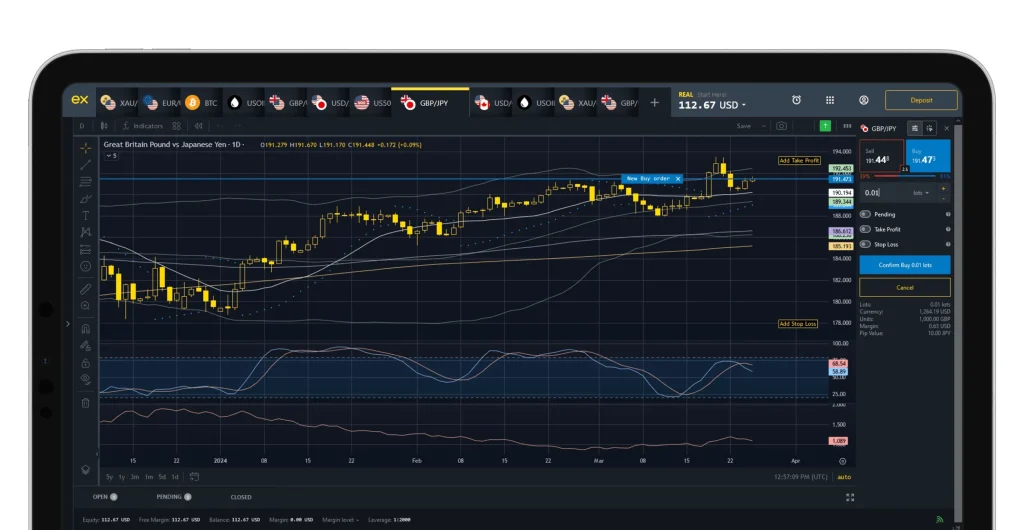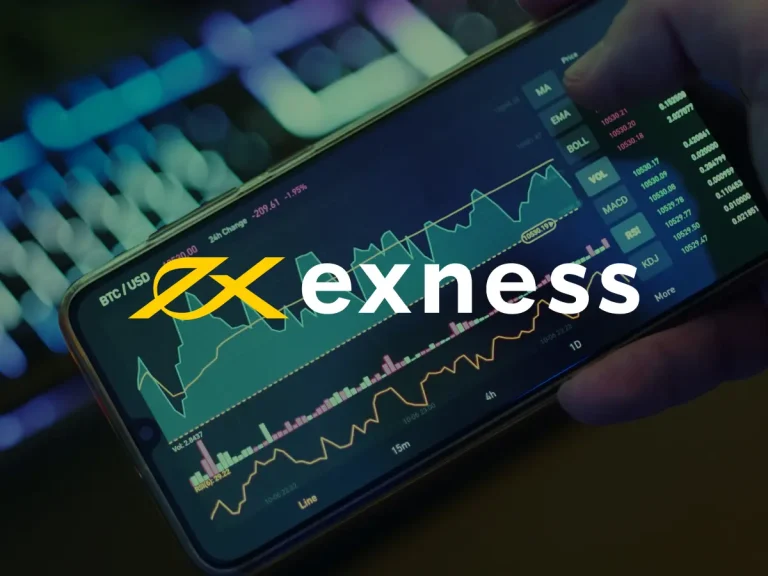Home » Zero Spread
Zero Spread Account Types for Philippine Traders
Zero Account Specifications
| Feature | Specification | Details |
| Minimum Spread | 0 pips | No spread on major pairs |
| Commission | Yes | Fee-based model |
| Minimum Deposit | $200 | Entry requirement |
| Maximum Leverage | Up to 1:2000 | Based on balance |
| Available Markets | Forex, metals, indices | 100+ instruments |
| Platform Options | MT4, MT5, Web Terminal | Multiple access methods |
Raw Spread Account Alternative
| Feature | Specification | Comparison to Zero |
| Minimum Spread | From 0 pips | Similar to Zero |
| Commission | $3.5 per lot | Different fee structure |
| Minimum Deposit | $200 | Same requirement |
| Available Markets | Forex, metals, indices, crypto | More instruments |

Understanding Zero Spread Pricing Structure
Zero spread accounts operate on commission-based models rather than spread-based compensation.Cost Comparison with Standard Accounts
| Account Type | Spread | Commission | Total Cost Example (1 lot EUR/USD) |
| Standard Account | 1.0 pips avg. | $0 | $10 equivalent (spread only) |
| Zero Spread | 0 pips | $4.5 per side | 9(9 (9(4.5 × 2 sides) |
| Raw Spread | 0.1 pips avg. | $3.5 per lot | 8.5(8.5 (8.5(3.5 × 2 + spread) |
Benefits of Zero Spread Trading for Philippine Users
Trading Strategy Advantages
- Scalping Viability: Minimal costs for short-term trades
- News Trading: Execute during volatility without spread widening
- High-Volume Trading: Lower total costs for frequent traders
- Transparent Pricing: Separation of market price and broker costs
Market Execution Benefits
| Execution Aspect | Benefit to Trader |
| No Requotes | Orders filled at requested price |
| Faster Execution | Reduced slippage |
| Consistent Costs | Fixed commission regardless of volatility |
Trading Instruments with Zero Spread
Zero spread accounts provide access to multiple asset classes:
- Forex Pairs: Major, minor, and exotic currency pairs
- Precious Metals: Gold, Silver, Platinum, Palladium
- Indices: Major global stock indices
- Energies: Crude oil and natural gas
Opening a Zero Spread Account in Philippines
- Visit the official Exness website
- Register a Personal Area account if new to Exness
- Complete verification requirements
- Navigate to “Open Trading Account” section
- Select “Zero” account type
- Choose base currency and accept terms
- Fund account with minimum $200 deposit

Risk Management with Zero Spread Accounts
Position Sizing Considerations
- Include commission costs when calculating position size
- Factor total trading costs into risk percentage per trade
- Consider overnight swap rates for positions held beyond one day
- Monitor margin requirements which remain unchanged
Trading Platforms for Zero Spread Accounts
Zero Spread accounts function across Exness trading platforms:
- MetaTrader 4: Traditional platform with basic analysis tools
- MetaTrader 5: Advanced platform with enhanced features
- Web Terminal: Browser-based trading without downloads
Mobile Applications: Trading via Android and iOS devices
Stop Loss Strategy
- Calculate stop loss incorporating commission costs
- Avoid extremely tight stops that cannot overcome commission
- Set take profit targets accounting for round-trip commission
Trading Strategies for Zero Spread Accounts
Recommended Approaches
Strategy Type | Zero Spread Advantage |
Scalping | Fixed, predictable costs |
News Trading | No spread widening during volatility |
Breakout Trading | Exact entry price without spread |
Technical Trading | Precise entry/exit levels |
Frequently Asked Questions
How do commissions get charged on a Zero Spread account?
Commissions are charged separately when opening and closing positions, based on the trade volume in lots.
Are zero spread accounts truly offering 0.0 pips spread at all times?
Yes, the core Forex pairs maintain zero spreads even during volatile markets, though other instruments may have minimal underlying spreads.
Are zero spread accounts suitable for all trading styles?
Zero spread accounts benefit high-volume traders and scalpers most, while long-term traders might find standard accounts equally cost-effective.
How does leverage work with Zero Spread accounts in the Philippines?
Leverage up to 1:2000 is available, but decreases with larger account balances in accordance with risk management policies.


